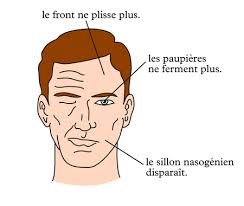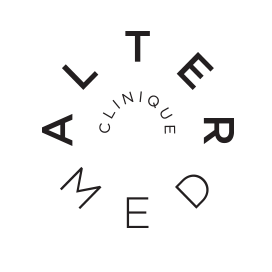Clinique altermed
Montreal osteopathy
Bell's palsy is a medical condition characterized by temporary paralysis of the face, usually due to inflammation of the facial nerve. While this condition can be concerning, osteopathy offers complementary, non-invasive approaches that can help improve symptoms and speed recovery. In this article, we will explore how osteopathy can help with Bell's palsy.
Reducing inflammation and improving blood flow:
Osteopathy can help reduce inflammation and improve blood flow around the affected facial nerve. Osteopathic techniques, such as gentle soft tissue and joint manipulation, promote circulation and allow nutrients and oxygen to better reach the affected area, helping to reduce inflammation and promote healing.
Restoration of muscle balance and mobility:
Bell's palsy can lead to muscle imbalance and limited mobility in the face. Osteopathy can help restore muscle balance by working on tensions and misalignments in the skull, neck and jaw. Through specific techniques, an osteopath can promote recovery of muscle function and help restore facial mobility.
Stress management and general support:
Bell's palsy can be an emotionally stressful experience. Osteopathy also addresses this aspect by providing overall support to the patient. Osteopaths consider the whole person, identifying and treating areas of stress-related tension. This can help reduce anxiety, improve overall well-being and promote better recovery.
Integration with other treatment approaches:
Osteopathy can be used to complement other traditional medical treatments for Bell's palsy, such as medication or physical therapy. Osteopaths work in collaboration with other health care professionals to provide a holistic, multidisciplinary approach to maximize the patient's chance of recovery.
Osteopathy offers a non-invasive and complementary approach to the treatment of Bell's palsy. By working to reduce inflammation, improve blood flow, restore muscle balance and mobility, and manage stress, osteopathy can help patients return to normal facial function more quickly and improve their quality of life during recovery.


